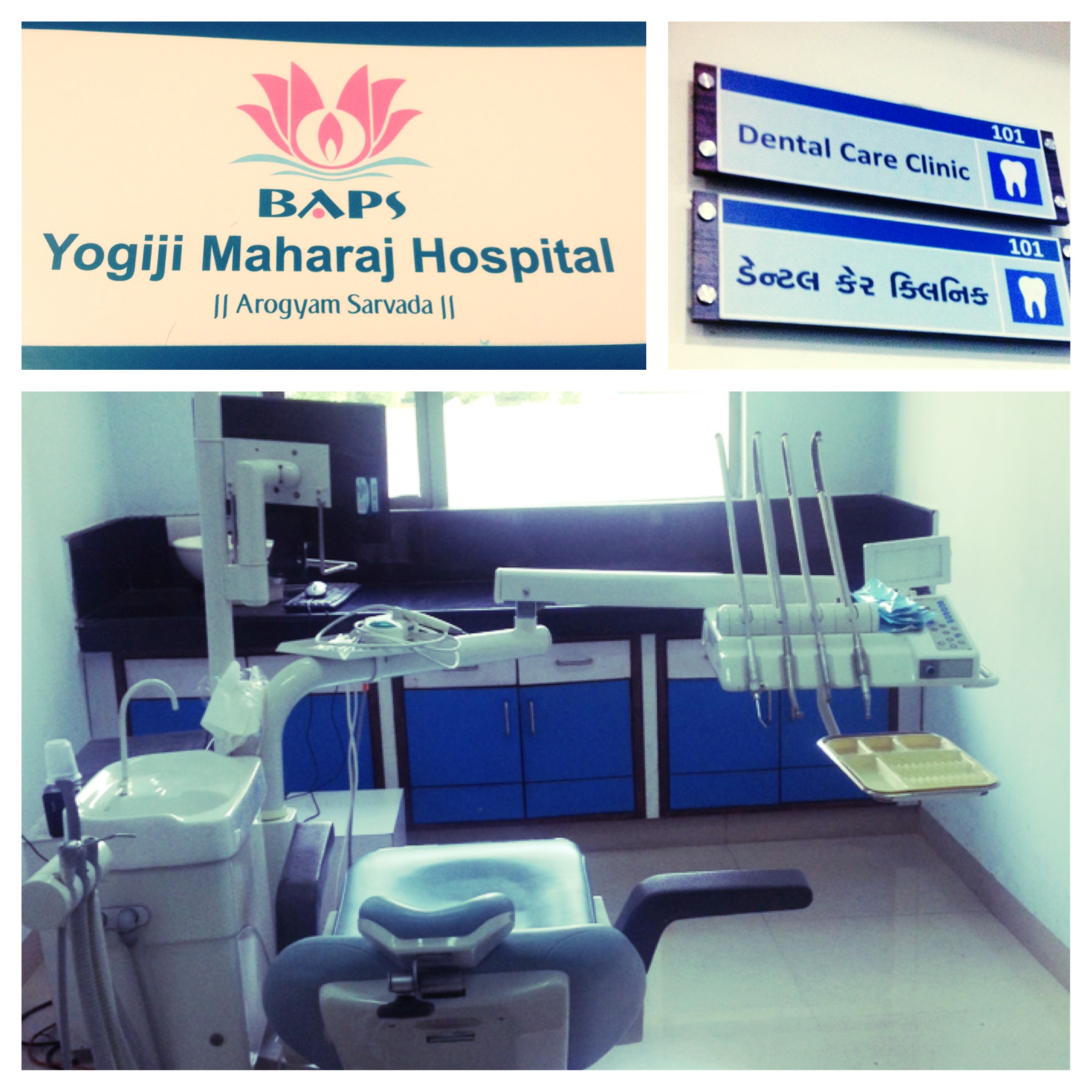September 17, 2014

As much as I tried, I just couldn’t keep away from teeth (or gums) when I went on holiday this year to India. As well as exploring the beautiful attractions of this culturally rich country, I thought it would be interesting to gain an insight into the practice of dentistry in India.
First, I decided to speak to the local dental students to find out a little more about their undergraduate training. The BDS programme consists of four years of academic training and a year internship. There are many universities and colleges that provide the course and these are divided into government owned or privately funded colleges. An entrance exam called the NEET (National Eligibility Entrance Test) is used as part of the application process into dental school. It didn’t sound easy as it includes questions on botany and zoology that are negatively marked! Once you’re in, the next challenge is to find your patients. The students shared their stories of their visits to the local shanty towns to lure in the high need (quota fulfilling) patients. Talking about quotas, the students here are expected to complete figures in the hundreds. By the final year, it is not unusual to have completed over 500 restorations and over 100-200 root canal treatments and crowns. Quite clearly, the training in India appears to have a heavy practical component. Furthermore, exams are rigorous and include performing a range of treatments on live patients. Most students appeared to enjoy their training but were concerned about the fierce competition for jobs on qualifying due to the dramatic rise in the number of students being accepted onto the course. I informed the students on behalf of the young dentists in the UK that they were not the only ones struggling to find jobs!
Following the BDS, there is the option of completing the MDS (Master of Dental Surgery). This is a postgraduate specialisation course. As with the BDS, the MDS also has an entrance examination. The MDS is a popular option as it provides wider and more promising employment prospects.
Once qualified, most dentists set up a private practice or choose to work in hospital. Whilst travelling around India, it was clear that if you suffer from a toothache, it’s not very challenging to find a local dentist. There were an abundance of practices dotted around each of the complexes in the towns. I was intrigued to compare yearly income and from further research I found out that the average general dentist earns around £2k a year compared to £62k in the UK! However, yearly incomes vary greatly with figures ranging from £610 to £5k. It all depends on your level of qualification, years of experience, industry and geographical location.
So what’s it actually like in clinical practice? The real learning experience came when I spent a day in the dental department of the Yogiji Maharaj Hospital in Ahmedabad. I’ve always wondered why my Indian patients in practice insist on taking their shoes off before jumping on the dental chair but I soon realised that this is routine in India where all patients are required to take off their shoes before entering the clinic! Prior to my visit, I thought there may be a lack of materials or tools but certainly the department I was in had all the resources we have in the UK. One of the downfalls appeared to be the quality of the record-keeping. The dentists working here said it wasn’t unusual not to keep complete dental records whilst practicing dentistry. Patients in this particular hospital kept their own patient file so the onus was on them to bring it in each time (something which didn’t happen very often). The dentist-patient relationship was more paternalistic and patients left it to the dentist to make all the decisions. Most patients came in pain and were determined to receive fast treatment rather than giving a thorough history of the presenting complaint. Patient fees are also a fraction of what they are in the UK. For example, a routine check up would be approximately £1.50, a scale and polish would be around £8, a composite restoration £5 and molar root canal treatment at £25! When you consider the fees, it’s easy to understand why dental tourism in India is booming.
On speaking to dentists to find out about their opinions on the future of patient care in India, it was reassuring to learn that they felt there would be a stronger preventative component and less paternalistic approach to care. I was certainly pleasantly surprised by the quality of care provided to the patients of Gujarat and feel the future of dentistry in India is promising.



